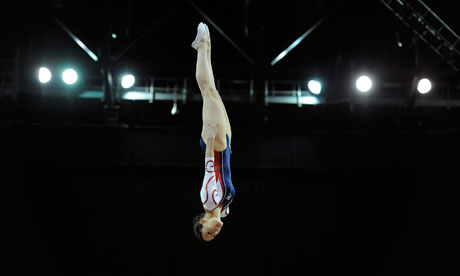- Jan 21, 2007
- 5,109
- 6,887
Are there significant technical or stylistic differences between power tumbling and the tumbling you would use in a floor routine? Routine construction aside, is a technically correct backhandspring/whipback/(insert skill here) the same in power tumbling as it is in artistic gymnastics?
In putting together lesson plans, I'm assuming that I can essentially teach each individual skill (roundoffs, backhandsprings, cartwheels, etc) exactly the same as I would to a gymnast. Are there any flaws or pitfalls that I need to watch out for?
In putting together lesson plans, I'm assuming that I can essentially teach each individual skill (roundoffs, backhandsprings, cartwheels, etc) exactly the same as I would to a gymnast. Are there any flaws or pitfalls that I need to watch out for?

